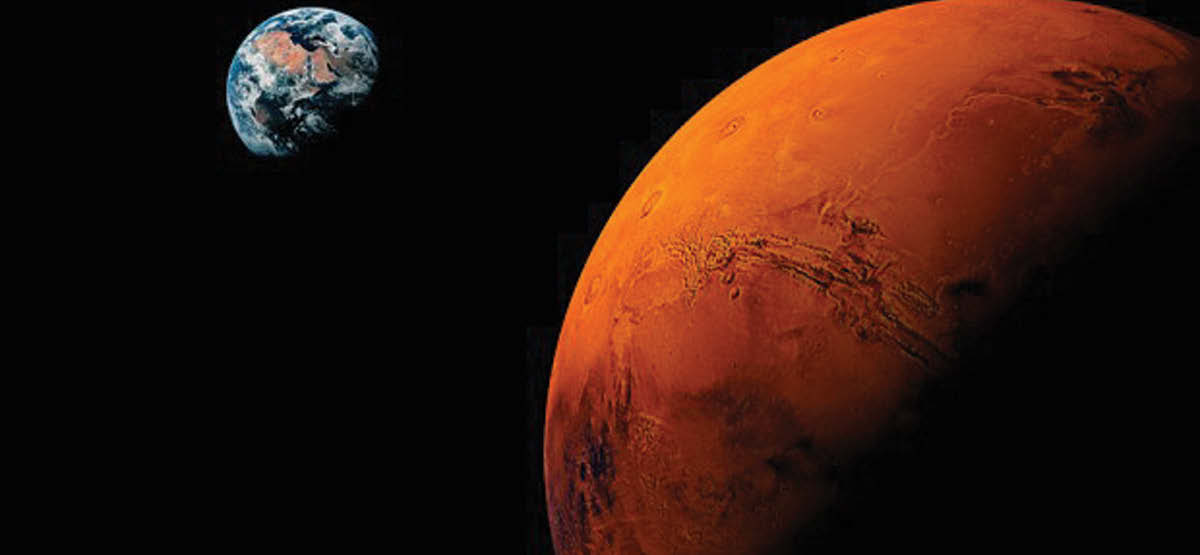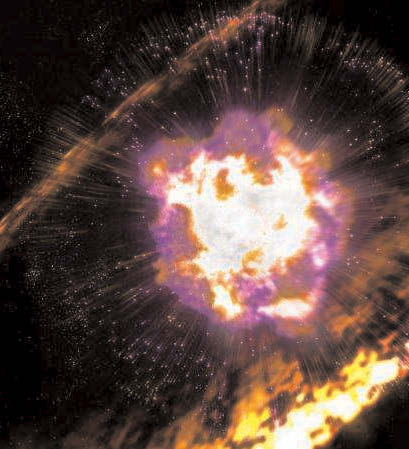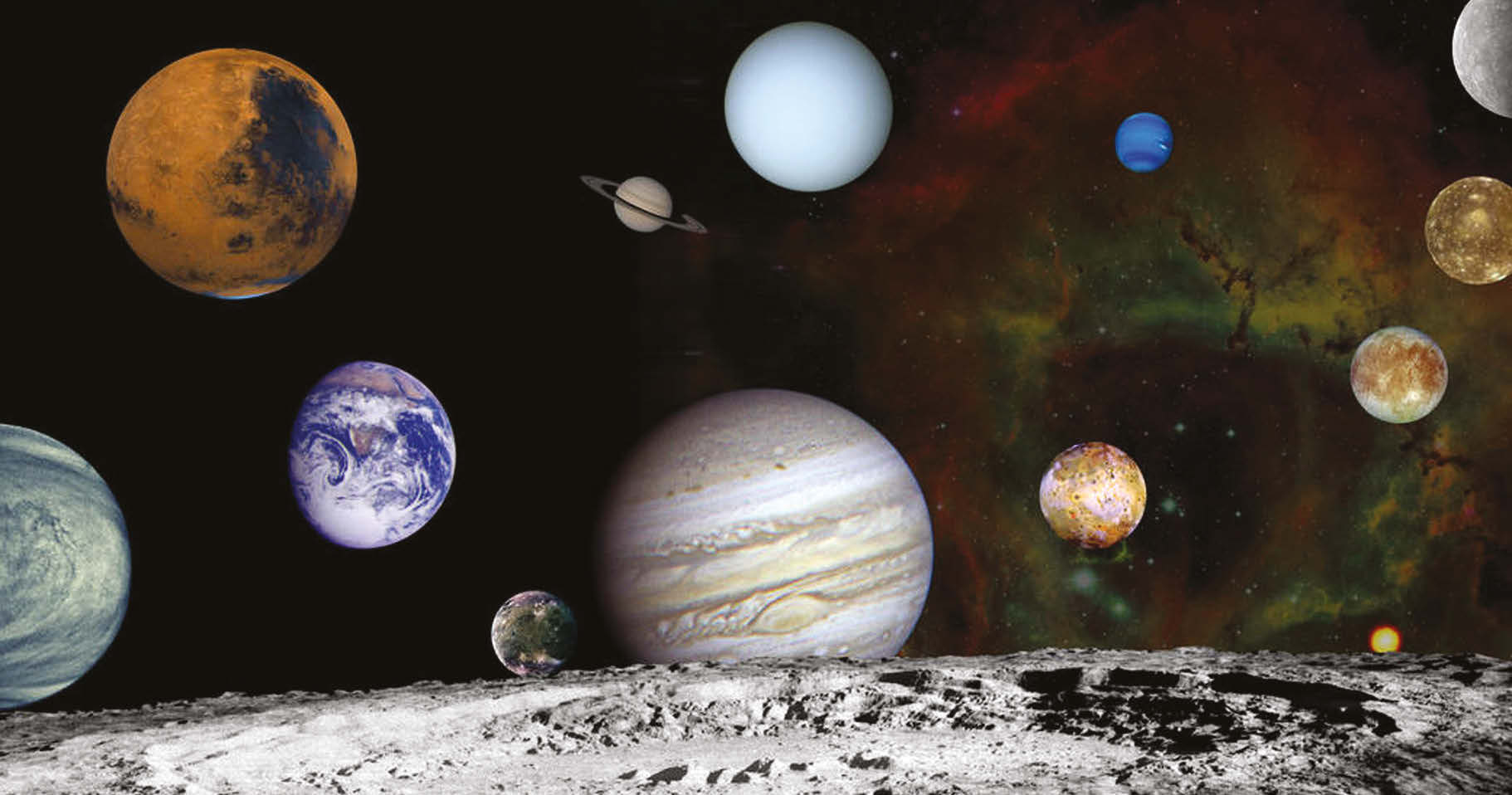
WASHINGTON (TIP): Mars’ largest moon, Phobos, is slowly falling towards the planet and is likely to be shredded into pieces that will be strewn about the red planet in a ring like those encircling Saturn and Jupiter, scientists, including one of Indian-origin, say.
The demise of Phobos will probably happen in 20 to 40 million years, leaving a ring that will persist for anywhere from one million to 100 million years. Postdoctoral fellow Benjamin Black and graduate student Tushar Mittal estimate the cohesiveness of Phobos and conclude that it is insufficient to resist the tidal forces that will pull it apart when it gets closer to Mars.
Just as Earth’s moon pulls on our planet in different directions, raising tides in the oceans, Mars too tugs differently on different parts of Phobos. As Phobos gets closer to the planet, the tugs are enough to actually pull the moon apart, the scientists say. This is because Phobos is highly fractured, with lots of pores and rubble.
While the largest chunks would eventually spiral into the planet and collide at a grazing angle to produce eggshaped craters, the majority of the debris would circle the planet for millions of years until these pieces, too, drop onto the planet in `moon’ showers, like meteor showers.Only Mars’ other moon, Deimos, would remain.
“While our moon is moving away from Earth at a few centimetres per year, Phobos is moving towards Mars at a few centimetres per year, so it is almost inevitable that it will either crash into Mars or break apart,” Black said.
Scientists have found that UV rays from Sun caused Mars to lose its atmospheric carbon dioxide. Mars is blanketed by a carbon dioxide atmosphere that is too thin to keep water from freezing or quickly evaporating. However, scientists have concluded that ancient Mars was once a warmer, wetter place than today.
But scientists have been puzzled by why they have not found more carbon -in the form of carbonate -in Martian
rocks.Scientists suggest that 3.8 billion years ago, Mars might have had a moderately dense atmosphere. Such an atmosphere could have evolved into the thin one, not only minus the “missing” carbon problem, but also consistent with the observed ratio of carbon-13 to carbon- 12, which differ by number of neutrons in the nucleus.





Be the first to comment